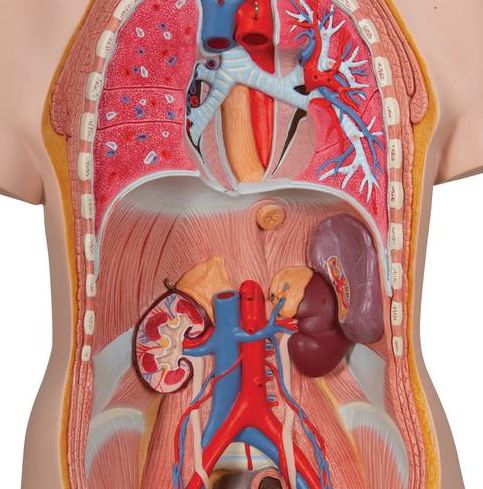قراءة لمدة 1 دقيقة Inherent vowel

An inherent vowel is a vowel that must be spoken, even if it is not written down.
Inherent vowels exist in abugidas, or alphabets centered around consonants.
Most words in abugidas have consonants and vowels written in them, but even if a word if written without any vowels, a vowel must still be spoken.
For example, the word for "ant" in Thai มด would be written as "md" in the Roman alphabet, but it must be said as "mót", with "ó" being the inherent, unwritten vowel in the word.
An example of a word in Thai with two or more syllables an an inherent vowel is สวัสดี, which would be written as "swàtdee" without spaces and "s-wàt-dee" with spaces, but it must be pronounced as "sà-wàt-dee" because even though the first syllable is only written as "s", in must be spoken as "sà" because consonants may not be spoken without any vowels.
The names of Thai letters show how inherent vowels are used.
In Thai, each letter's name has at least two syllables, with the first being the consonant with the inherent vowel and the second syllable being the word where the consonant is used.
The letter ก is named ก ไก่, or "gaw gài.
" The letter itself, the first syllable, is always pronounced with -"aw" after the consonant.
Writing systems with inherent vowels often use a special marking to silence the inherent vowel so that only a consonant is spoken, such as the "virama" found in many South Asian scripts.
Other systems rely on the reader's knowledge of the language to know the difference between a consonant with the inherent vowel from a pure consonant (Hindi, Old Persian cuneiform) or to know a particular vowel-marked form from a pure consonant (Ge'ez and related scripts).
For example, the Hindi word कष is pronounced "kaṣa", but क्ष is pronounced "kṣa", because the virama symbol ् silences the inherent vowel in क "ka.
"













































